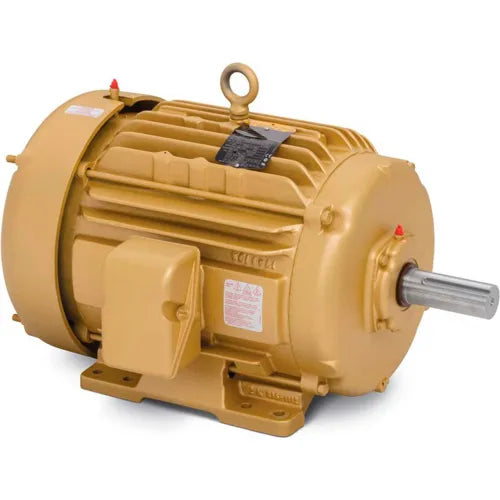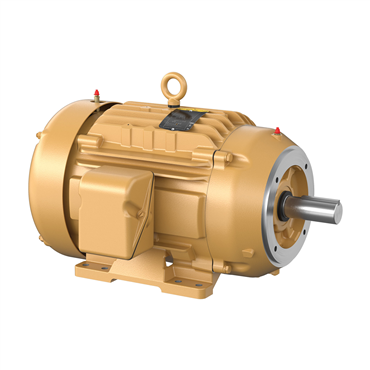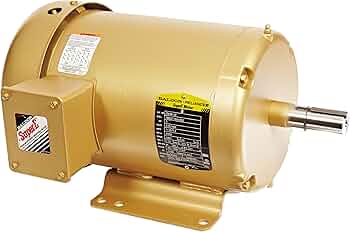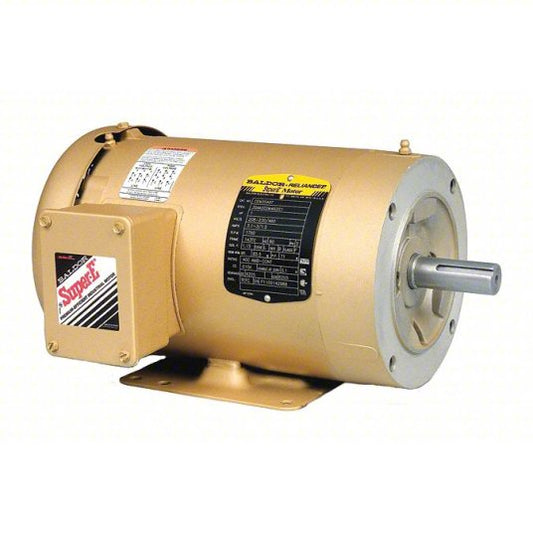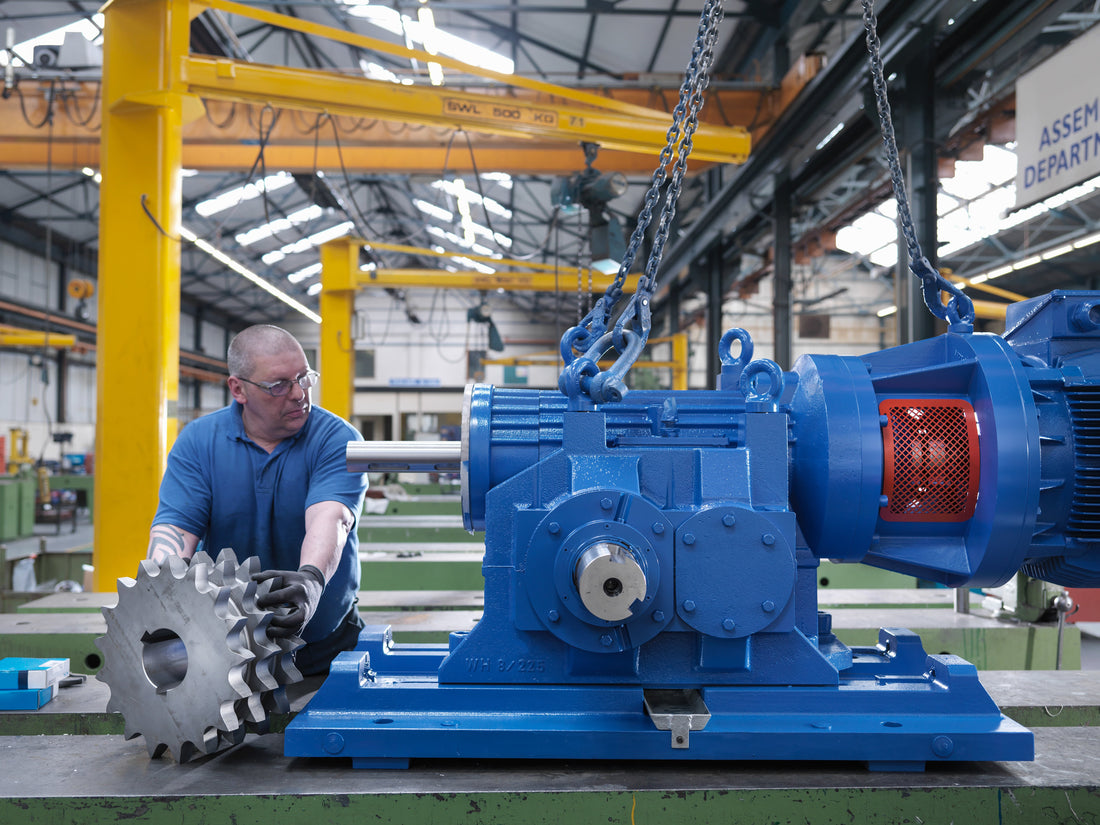
5 Signs Your Industrial Gearbox Is About to Fail
Share
5 Signs Your Industrial Gearbox Is About to Fail — And What to Do Next
Gearbox failure doesn’t announce itself—until it’s too late. One moment your system hums with normal operation, the next it grinds to a halt, leaving you scrambling to restore production. But many catastrophic failures show early warning signs that you can catch if you know what to look for.
1. Unusual Noise or Grinding Sounds
When gear teeth begin to wear, chip, or mesh improperly, even subtle grinding or scraping noises can occur during operation. These noises often become more pronounced under load or during speed changes.
2. Excessive Vibration or Imbalance
As gears or bearings degrade, they introduce mechanical imbalance. You may feel unusual vibrations, cyclic wobble, or that the gearbox is “out of round.” Even small vibration changes merit inspection.
3. Rising Operating Temperatures
Heat is an enemy of rotating machinery. If the gearbox housing is getting hotter than normal, or you see thermal hotspots near seals or bearings, internal friction or insufficient lubrication may be happening.
4. Oil Contamination or Leakage
Inspect oil condition regularly. Metal shavings, dark discoloration, or cloudy fluid indicate wear and debris. Also, visible leakage from seals or gaskets often precedes major internal damage.
5. Gear Play or Backlash Increase
Excessive backlash—too much free play between gear teeth—or gear lash variance is a sign that mesh alignment is deteriorating. This may lead to misalignment shock loads or broken teeth.
What to Do Next (Don’t Wait)
- Power down the system and lighten any load if possible
- Schedule a **gearbox inspection & diagnostics** immediately
- Collect oil samples for lab analysis
- Use vibration and thermal scans to isolate fault zones
- Plan for repair or rebuild before outright failure
Pro Tip:
Set baseline vibration, temperature, and oil analysis for every gearbox and review monthly. Trend deviations often point to wear long before failure.
Common Root Causes Behind Gearbox Failures
- Poor lubrication or wrong oil viscosity
- Overload conditions or torque spikes
- Misalignment or coupling issues
- Contaminants in the bearing/gear train
- Fatigue or material defects in gear teeth
Don’t gamble with your production line. Catching these early symptoms can save tens of thousands in downtime and repair costs. Our diagnostic team specializes in pinpointing risks before they blow into full failures.
Schedule Gearbox Inspection Now
Frequently Asked Questions
Can I detect gearbox failure ahead of time?
Yes. Vibration analysis, thermal imaging, oil sampling, and backlash tracking are proven methods to detect early faults.
What’s the cost of ignoring early signs?
Minor issues can escalate, damaging bearings, shafts, or adjacent components. The repair cost often multiplies—and downtime can exceed replacement time.
How often should I inspect gearboxes?
At minimum, perform diagnostics quarterly in heavy-duty environments, and annually in benign conditions. More often if failure risk is high.

